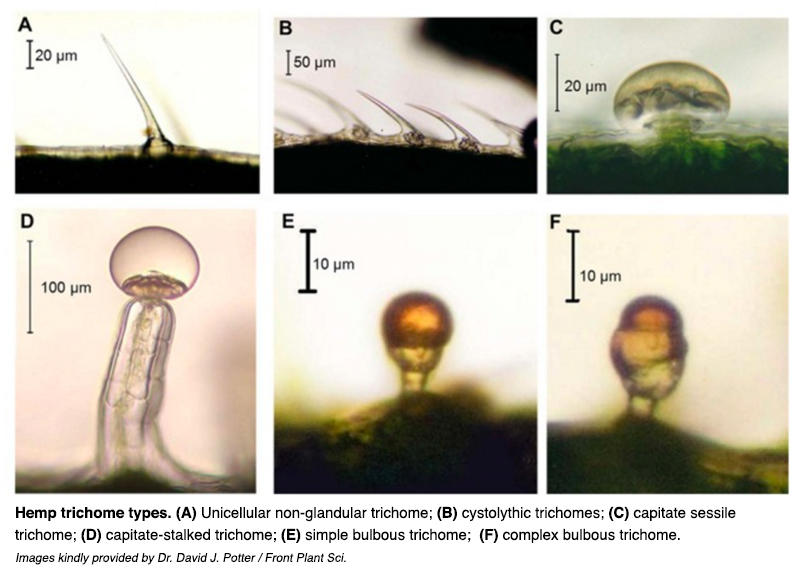About Us

Trichomes
If you look closely at a healthy cannabis plant, then you will undoubtedly notice the many glistening translucent resin glands protruding from the buds. These resinous outgrowths are known as trichomes.
Trichomes are the small, mushroom-shaped structures found on the surface of cannabis buds and leaves. They are responsible for producing and storing the plant's cannabinoids and terpenes, which are the compounds responsible for the plant's medicinal and recreational effects.
Trichomes are formed on the cannabis plant as it reaches maturity, typically during the flowering stage. They begin as small, clear structures and gradually turn milky white or amber in color as the plant reaches full maturity. The color change is an indicator of the trichomes being ripe and ready to harvest.
The density and distribution of trichomes on a cannabis plant can vary depending on the strain and growing conditions. Some strains have dense trichome coverage, while others have fewer trichomes but larger ones. High trichome production is generally considered a sign of a high-quality cannabis plant.
Trichome production can be influenced by a variety of factors such as genetics, light cycle, temperature, humidity, nutrition, and plant stress. Growers can manipulate these factors to optimize trichome production, but it largely depends on the strain.
In summary, trichomes are tiny glandular structures that produce and store the plant's cannabinoids and terpenes, responsible for the plant's medicinal and recreational effects. They are formed during the flowering stage, and their density and color are an indicator of the plant's maturity and quality.
